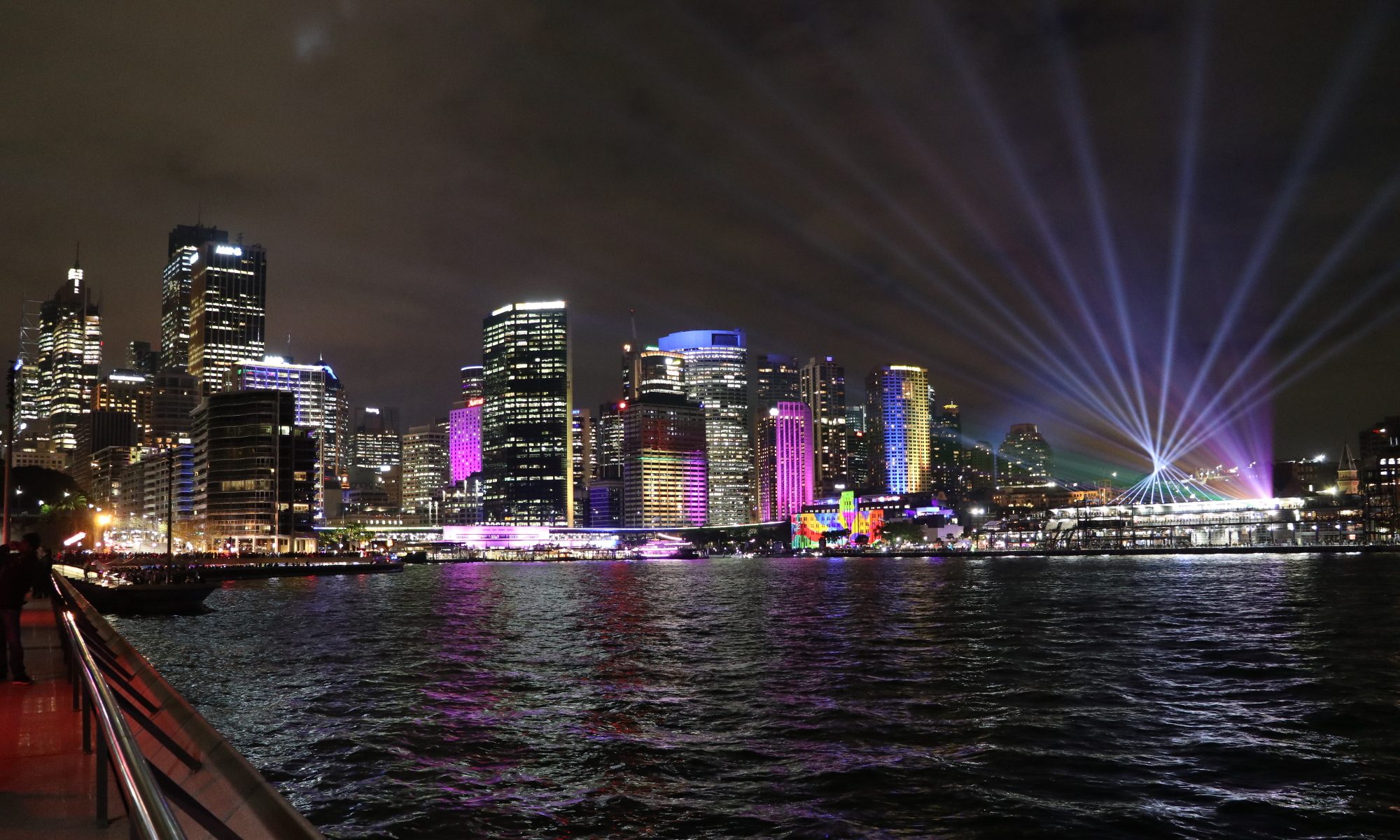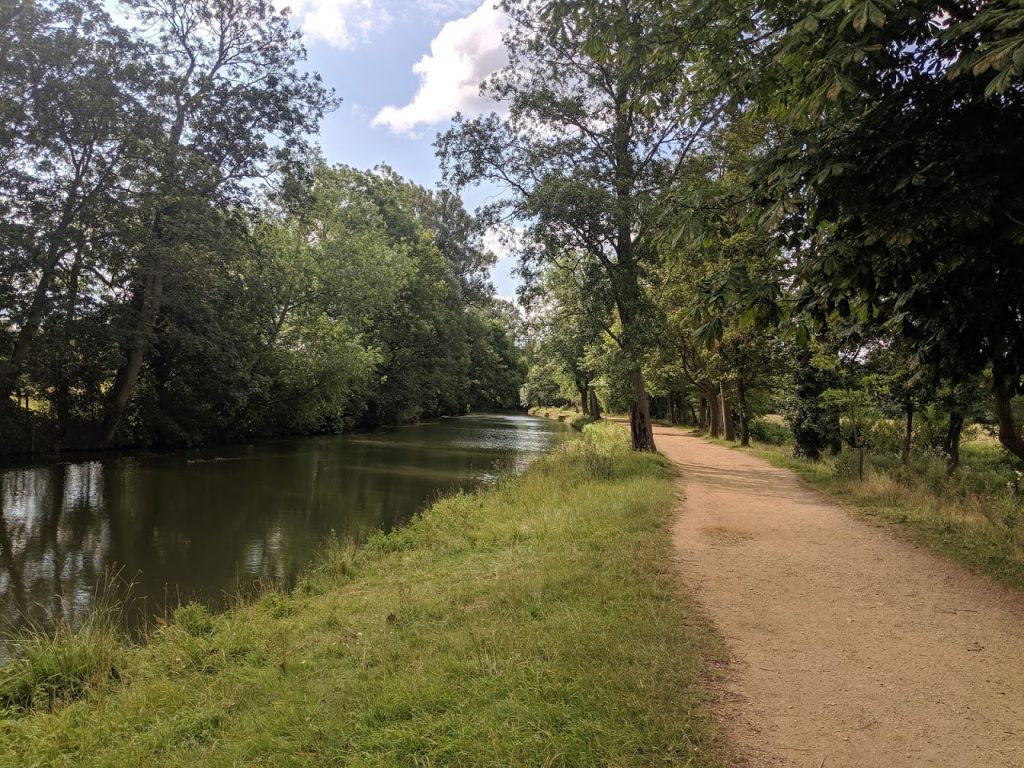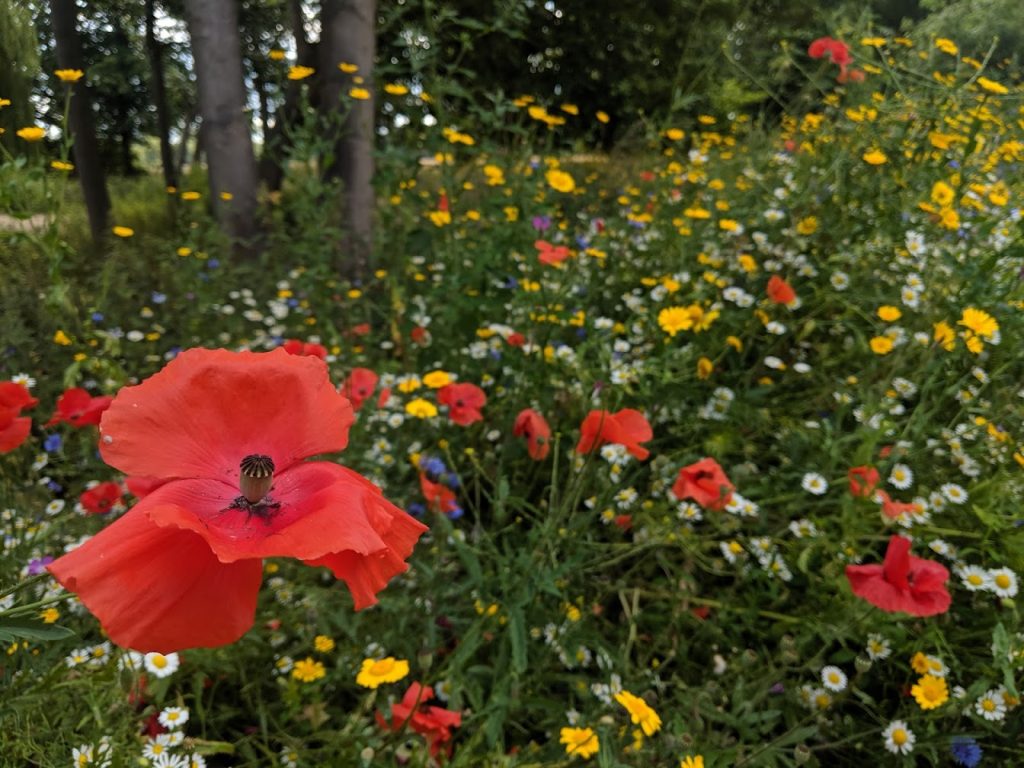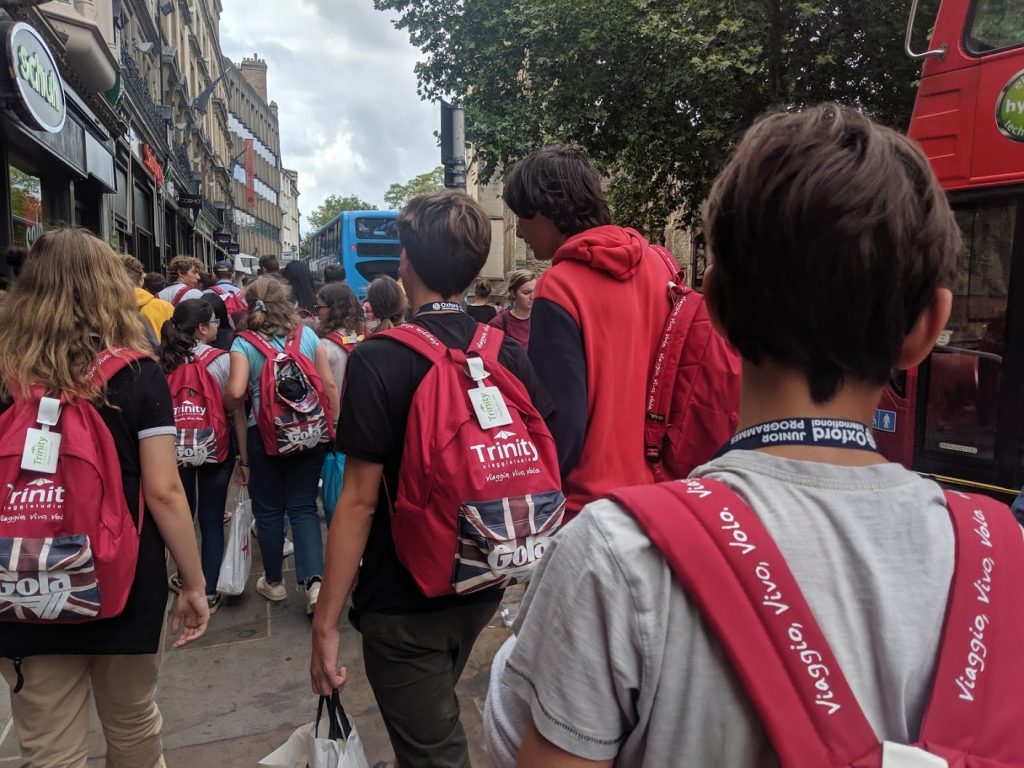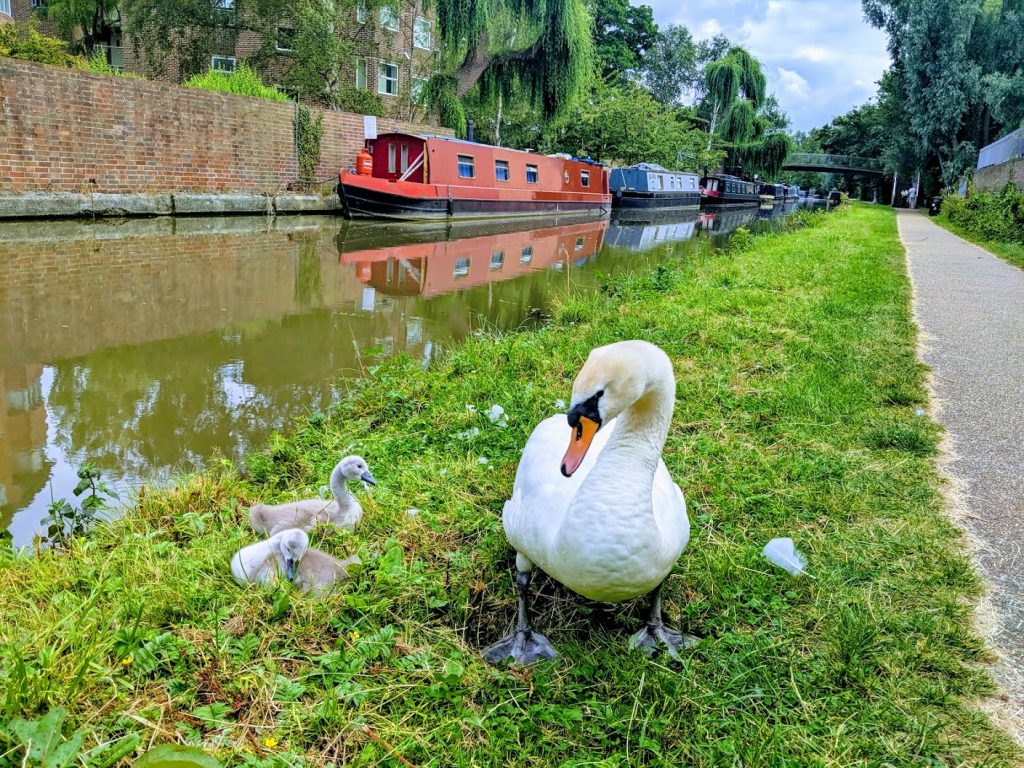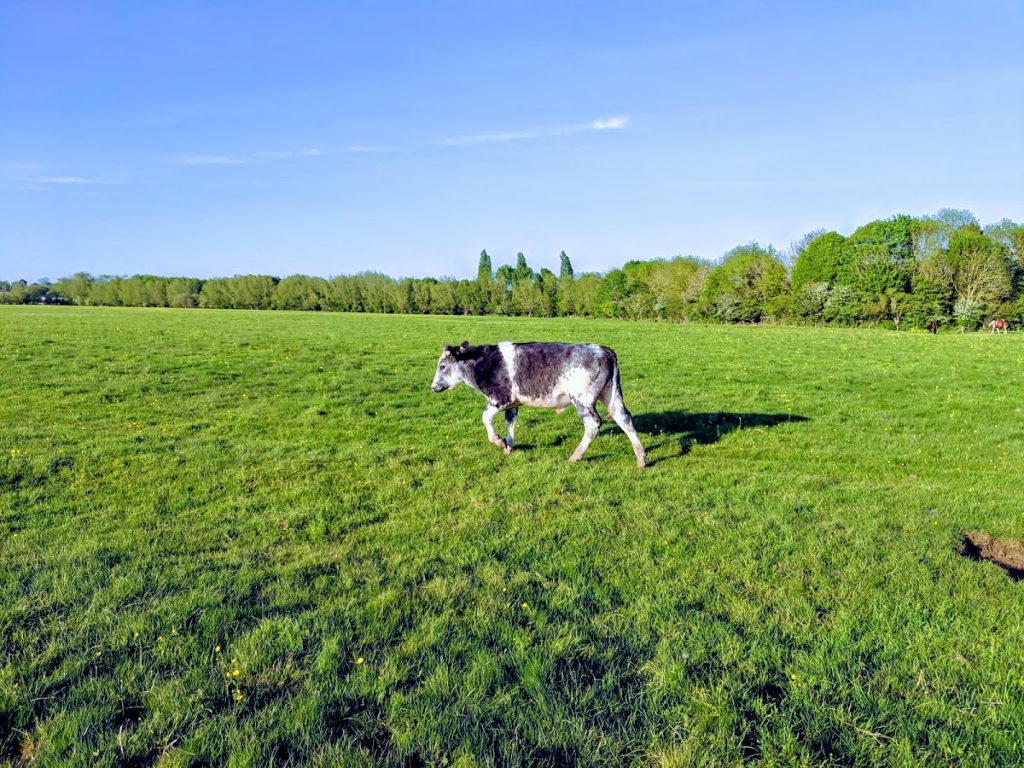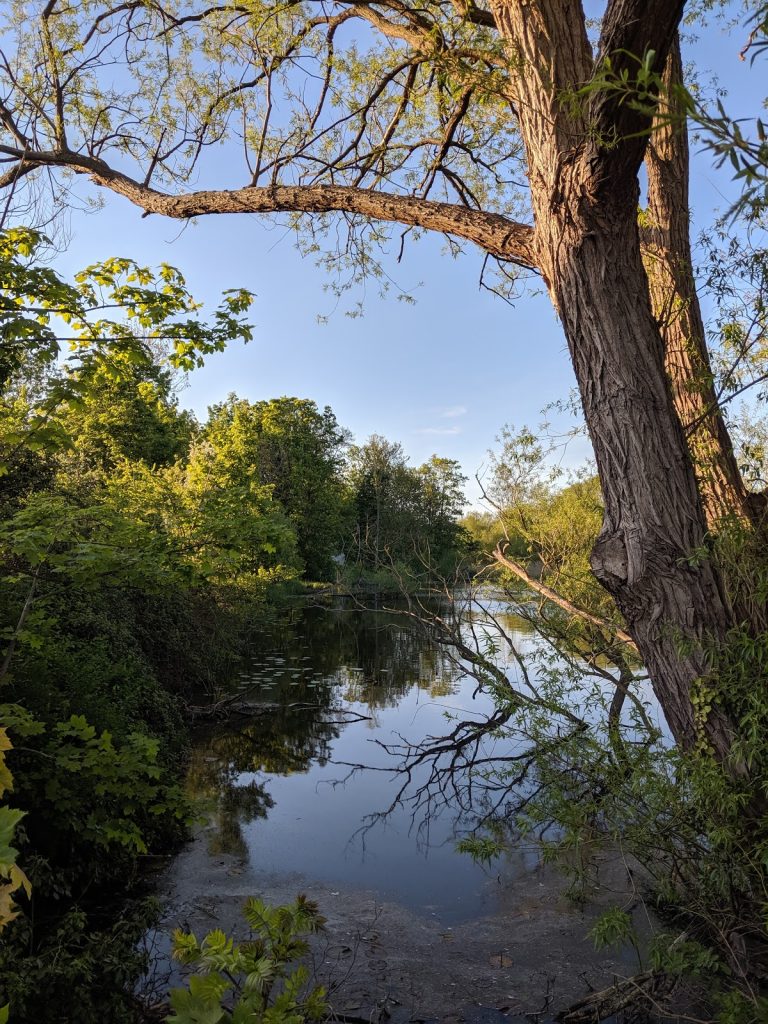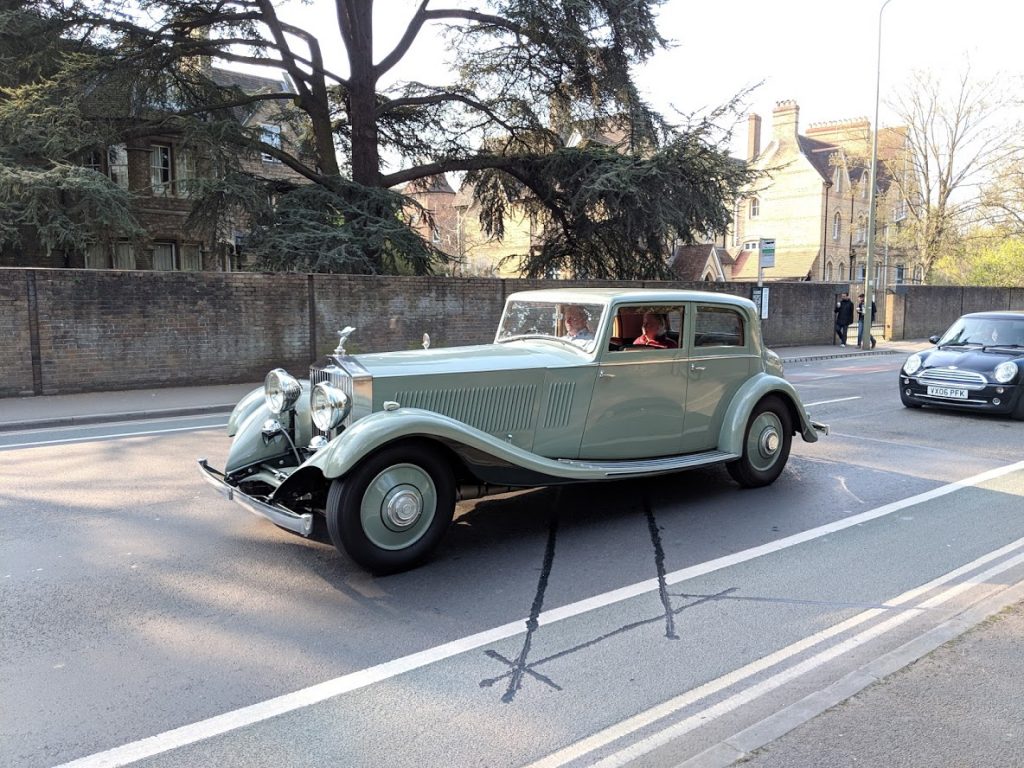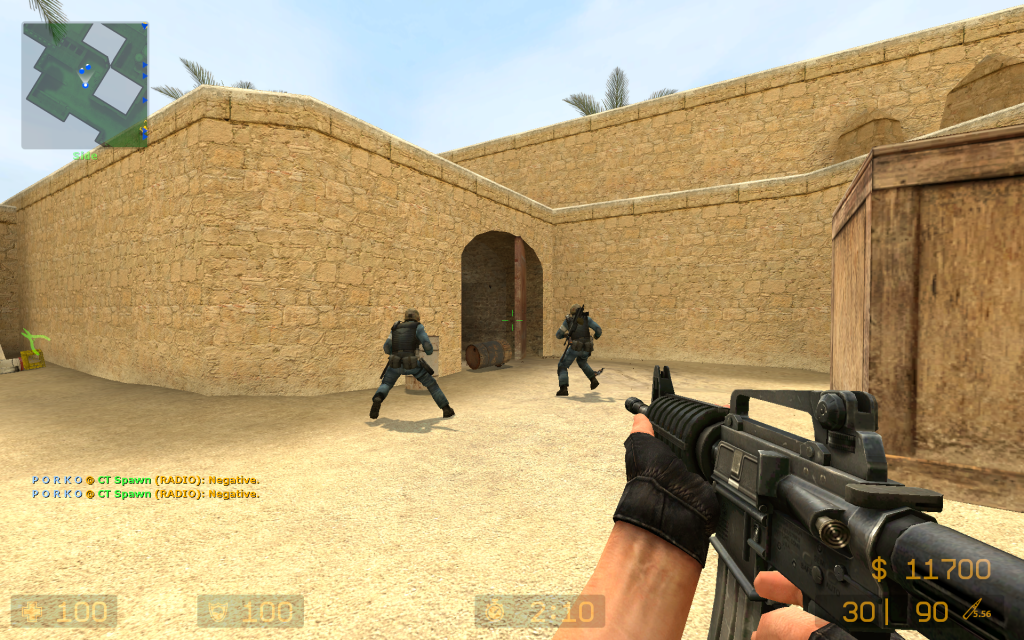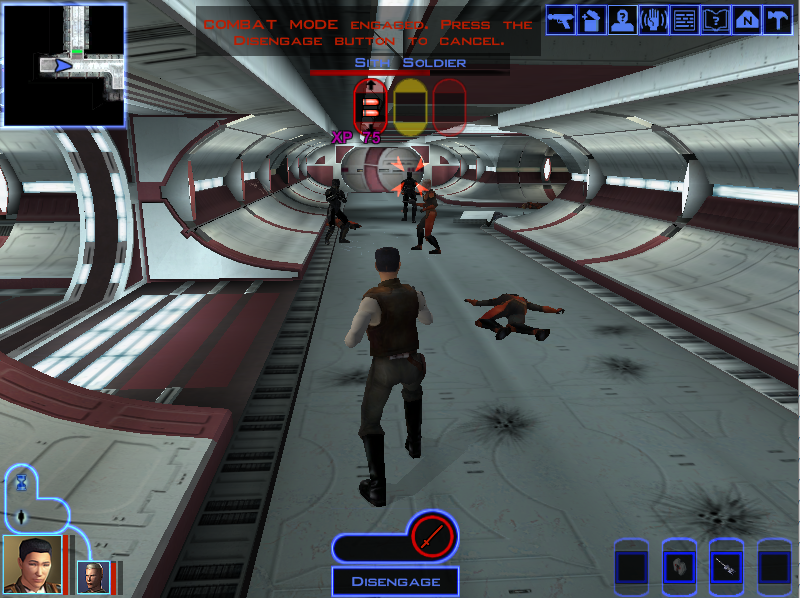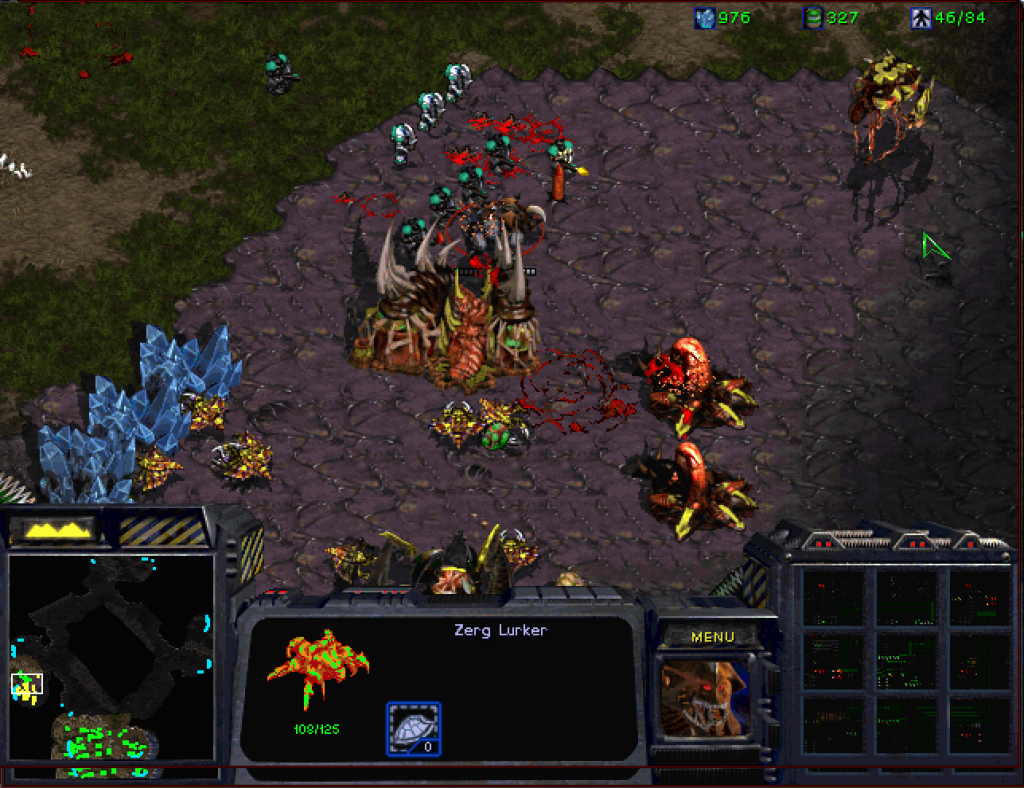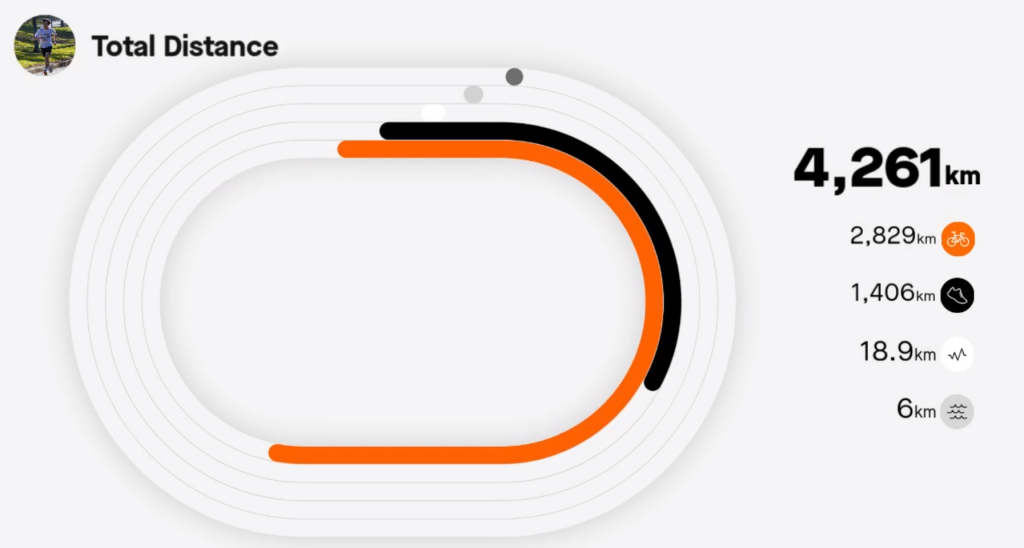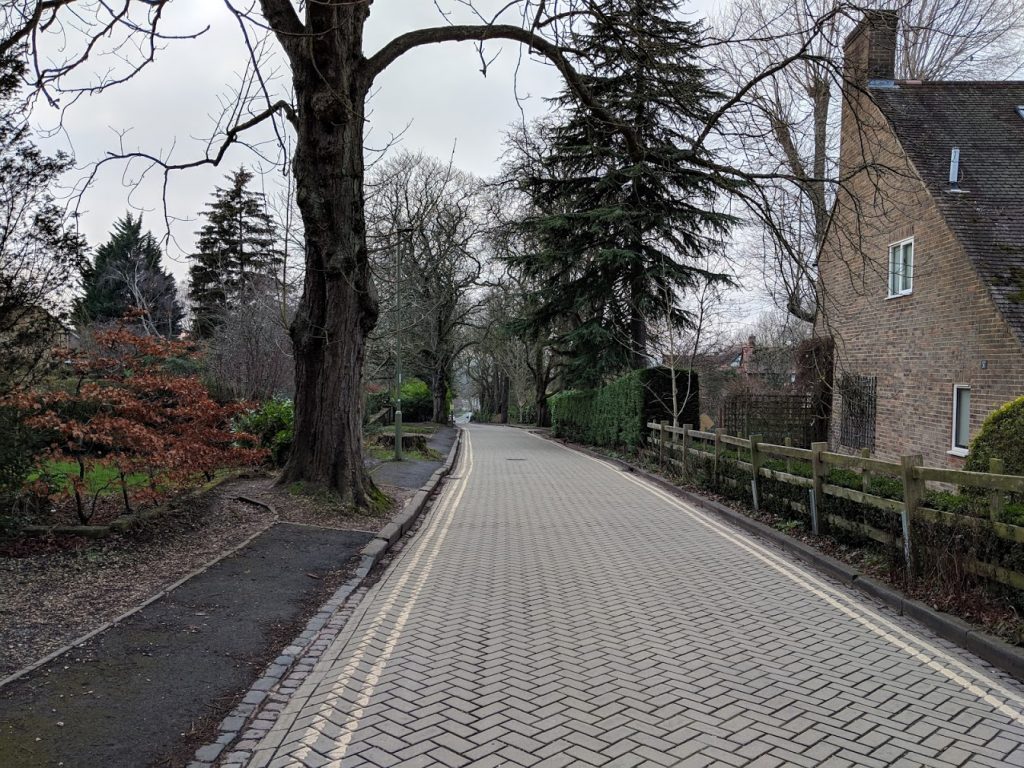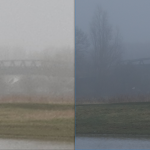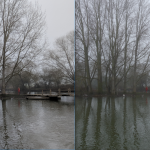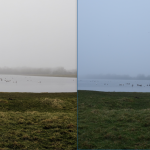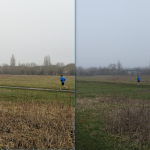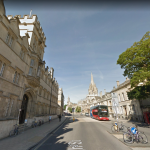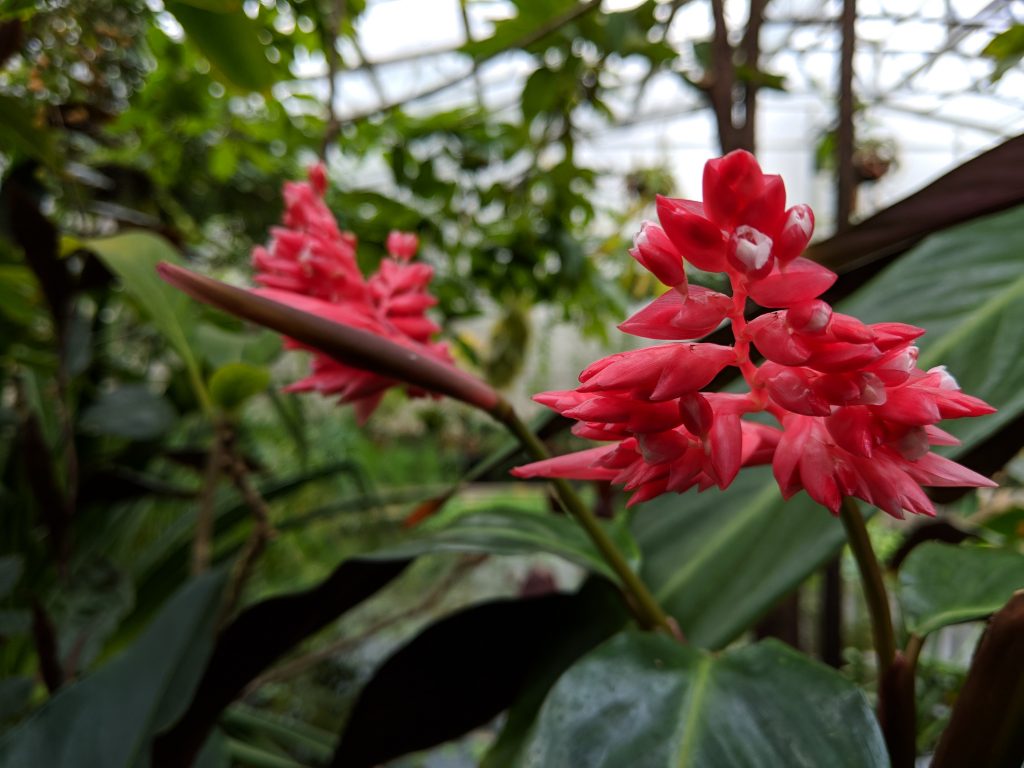Short version: This week I returned to studying, worked some long hours, and had my usual running routes blocked by some very wealthy children.
Long version:
Taking Notes on Laptop vs Paper
I started a molecular biology MOOC. The beginning of the course suggested note taking on paper is more effective, and cited this study. It was persuasive, but I will continue to mostly work digitally. I justify this by the ease of carrying, organising, and searching digital notes being more convenient than paper systems. This reminds me of the observation that smart-phone-toting-always-online-humans are effectively cyborgs, with tremendous capabilities for memory, problem solving, and long distance communication. That said, I do find scrap paper to sketch diagrams very helpful in the initial learning.
Working Long Hours
There are many professions that are associated with working long hours; truck drivers, doctors, bankers, and the whole culture of Japanese salarymen. Of scientists, organic chemists seem to work particularly long hours, and anecdotally there is life in the Chemistry Research Laboratory no matter when I pass by. Working in an ambitious startup can involve challenging schedules; Elon Musk suggested in a tweet 80-100 hours are needed to “change the world”.
This week I performed some long experiments, and was complimented by colleagues on being able to sustain energy and remain positive throughout. On reflection I think maintaining good physical health (via exercise and diet) plays a significant part. Avoiding insulin spikes from binging sugar helps, even though appetite will increase during the small hours from sleep deprivation. Knowing how long you need to keep going and spacing caffeinated drinks across that time helps too. Importantly I have learned that some sleep is better than none. To prevent a heavy workload from becoming impossible; minimise unnecessary tasks and focus on completing only what is needed, then recovering (sleeping). Finally it is important to account for a diminished capacity when planning. As you tire speed of work decreases and rate of mistakes increases. Thankfully I am part of a very dedicated and supportive team, and so we are able to work together to ensure the experiments run to plan.
Flood of Children
The University of Oxford has prestige which, beyond the university itself, is used by businesses to create demand and profit. Tutoring school aged students is such a business. Summer programs run by groups unaffiliated with the university (but often using holiday vacated undergraduate accommodation) bring hundreds of teenagers to Oxford for courses costing thousands of pounds. The associated walking tours lead to pedestrian congestion as the children are shepherded around the city center (pictured below).
